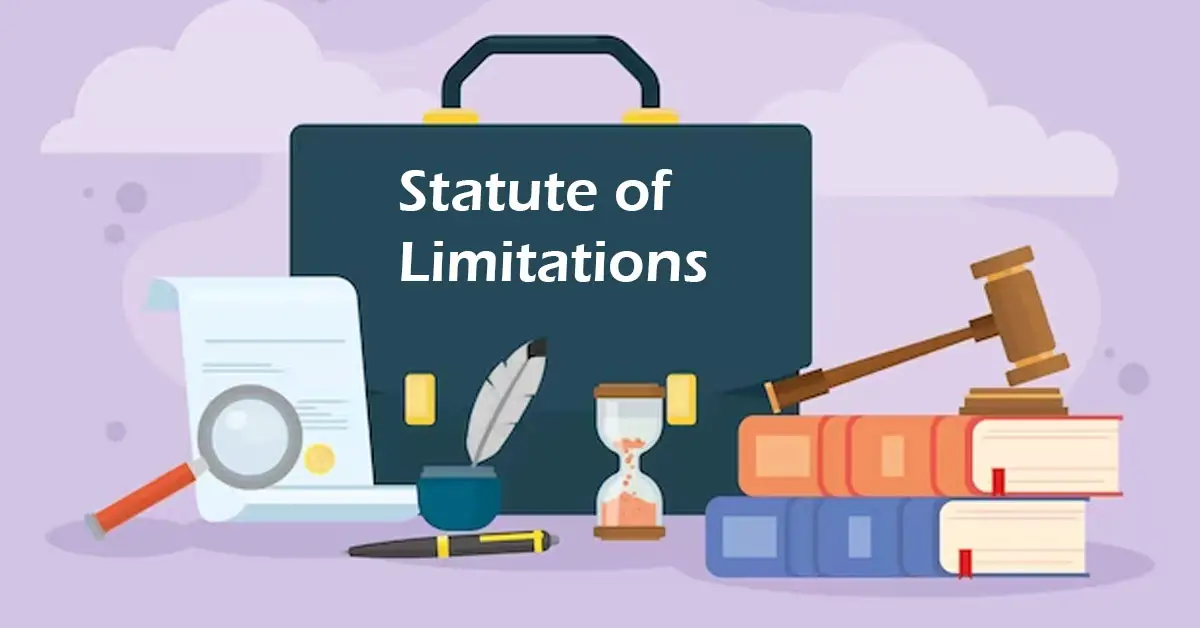Exploring the Statute of Limitations in Long Island Personal Injury Claims
In Long Island, residents, like those in other areas, face the unfortunate risk of accidents. Understanding the nuances of the statute of limitations is crucial for residents, ensuring they preserve their right to pursue just compensation. Long Island, following CPLR §214, typically allows a three-year window for action.
Unraveling the Statute of Limitations
The statute of limitations acts as a crucial temporal boundary dictating when a plaintiff must file a lawsuit against the party responsible for their injuries. Long Island’s personal injury law covers a spectrum of accidents, and the circumstances of the injuries and their causation can influence the allotted time.
Pros of the Statute of Limitations in Long Island Personal Injury Cases
1. Promotes Timely Resolution The statute encourages swift resolution of legal claims, ensuring the availability of evidence, fresh memories of witnesses, and overall legal accuracy.
2. Preservation of Evidence By imposing a time limit, it safeguards evidence from deterioration or loss, facilitating the establishment of case facts.
3. Legal Certainty The existence of a time limit provides legal certainty, allowing individuals and businesses to plan decisions with the understanding that potential legal claims have an expiration date.
4. Efficient Judicial System Limiting the timeframe prevents a backlog of old cases, contributing to the efficiency of the judicial system by focusing on recent and relevant legal matters.
Cons of the Statute of Limitations in Long Island Personal Injury Cases
1. Unfair Barriers to Justice Strict enforcement may create barriers to justice, particularly when a plaintiff discovers an injury after the expiration of the statute of limitations.
2. Inequities Based on Injury Discovery Some injuries may not be immediately apparent, leading to preclusion from seeking compensation if discovered post-expiration.
3. Complex Exceptions Navigating exceptions can be complex and may pose challenges for individuals lacking legal expertise.
4. Potential for Delayed Litigation The time limit might induce rushed or delayed legal actions, affecting the quality and timing of filed lawsuits.
Seeking Guidance for Your Long Island Personal Injury Case
If you find the statute of limitations perplexing or require assistance with your personal injury case, consider reaching out to Long Island personal injury lawyers without delay.
Experienced lawyers clarify how the statute applies to your injury, helping you submit insurance claims or lawsuits within the stipulated time. Many personal injury lawyers operate on a contingency fee basis, making legal assistance more accessible. Don’t hesitate to contact a lawyer to gain insights into your situation and explore your options for just compensation.
FAQs:
Q1: What is the statute of limitations in Long Island for personal injury cases? A1: In Long Island, it’s generally three years, as per CPLR §214, but exceptions may apply.
Q2: How does the statute of limitations impact the efficiency of the judicial system? A2: It contributes to efficiency by preventing a backlog of old cases, allowing focus on recent legal matters.
Q3: Can discovering an injury after the statute of limitations affect seeking compensation? A3: Yes, it may create barriers to justice, hindering the right to compensation.
Q4: Why consult a lawyer for a personal injury case in Long Island? A4: Experienced lawyers help navigate the complexities, ensuring timely filing and just compensation.

